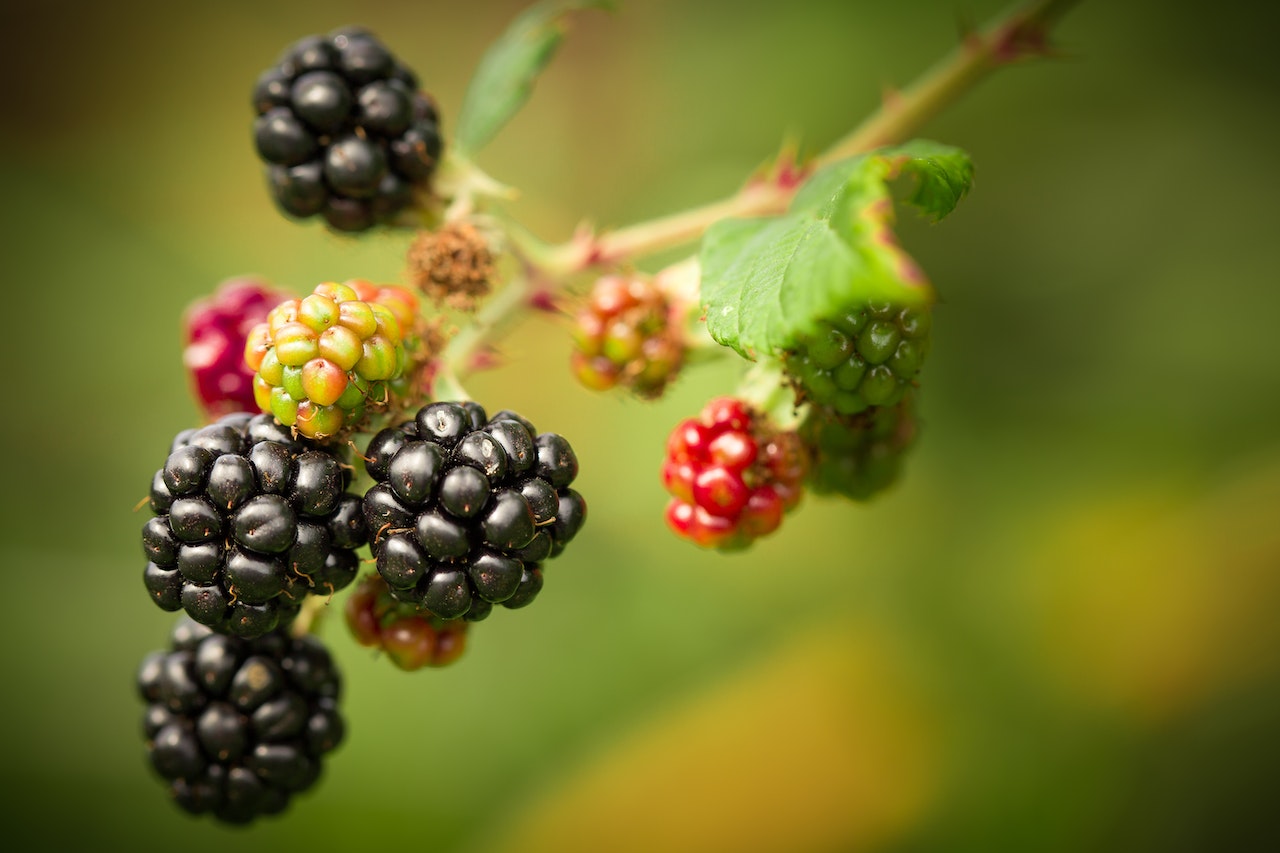Few things compare to the rustic pleasure of plucking a ripe, juicy blackberry straight from the vine and savoring its burst of sweet, mildly tart flavor. If you’ve ever been scratched by the plant’s ruthless thorns, you know how treacherous the journey to this treasure can be. Enter the thornless blackberry, the perfect blend of nature’s wild bounty and human ingenuity, ensuring a pain-free harvest. Let this article guide you to the tastiest varieties of thornless blackberries that you can incorporate into your garden.
What are Thornless Blackberries?
Thornless blackberries, as the name suggests, are species or cultivars of the blackberry plant that lack the prickly defenses of their orthodox counterparts. They are mostly hybrids, created through selective breeding to develop varieties that are easier to pick and handle. Despite the loss of their thorns, these varieties retain the delicious taste and nutritional benefits of traditional blackberries.
Thornless Blackberry Varieties
Several varieties of thornless blackberries exist, each with its unique taste profile, fruit size, and growth characteristics. They include:
Triple Crown

A late-season variety, the Triple Crown blackberry plant yields an abundance of large, juicy berries that are perfect for fresh eating, pies, and jams. It arguably offers the best-tasting blackberry fruit, characterized by its sweetness and a hint of tartness. An added benefit is the plant’s high disease resistance.
Apache

If size matters to you, the Apache variety is a fantastic choice. This late-season cultivar produces some of the largest blackberry fruits you can find, all boasting a sweet, rich flavor. Apache is a high-yield plant, meaning you’ll have plenty of large berries to savor throughout the season.
Navaho

The Navaho blackberry is a marvel of breeding, being the first-ever thornless blackberry variety. These mid to late-season bearers produce moderate size, extremely sweet berries with an exquisite, rich flavor.
Arapaho

An early-season blackberry, the Arapaho variety features smaller fruits with excellent flavor — sweet and tangy with subtle earthy undertones. Its compact size makes it suitable for small gardens.
Ouachita

Named after the Ouachita Mountains, this cultivar produces large, sweet berries that maintain their flavor even when stored. This high-yielding, mid-season variety is exceptionally disease-resistant, making it a favorite among many gardeners.
Chester

An exceptional late-season variety, Chester is the most winter-hardy of all thornless blackberries. It produces medium to large-sized fruits that offer a balanced sweetness, ideal for fresh eating and processing.
Most of these varieties can be ordered online from nurseries, or purchased from local garden centers. They are generally sold as bare-root plants during winter or early spring when the plants are dormant.
Planting and Caring for Thornless Blackberries
Planting thornless blackberries isn’t much different from planting the traditional thorned varieties. They prefer well-draining soil, full sun, and a pH between 5.5 and 7. A soil test before planting can help you determine if you need to amend your soil to reach the ideal pH.
Plant dormant bare-root blackberries in early spring, spacing them about 3-4 feet apart for erect varieties, and 5-8 feet apart for trailing types. Dig a hole wide and deep enough to accommodate the roots, and place the plant in the hole, spreading out the roots. Cover the roots with soil and firm them down with your hands or foot. Water thoroughly after planting.
Erect blackberries may not require trellising, but the semi-erect and trailing varieties certainly benefit from a wire trellis to support their canes. Prune the canes to encourage branching, increasing their fruit-bearing potential.
Water the plants regularly, ensuring that they receive at least an inch of water weekly. Mulch around the plants to retain soil moisture and suppress weed growth. Fertilize the plants in early spring with a balanced, slow-release fertilizer to promote optimal growth and fruiting.
As with most fruit-bearing plants, thornless blackberries are susceptible to pests and diseases. Regularly inspect your plants for any signs of infection or infestation, and take appropriate action promptly.
Harvesting and Using Thornless Blackberries
Blackberries are usually ready to harvest from mid-summer through early fall, depending on the variety. They are ripe when they change from glossy to dull black and detach easily from the plant. Harvest the berries every few days for the best quality and to avoid attracting pests.
Thornless blackberries are just as versatile as their thorned counterparts when it comes to how they can be used. Enjoy them fresh, in salads, or desserts, or make them into a delicious homemade blackberry jam or pie. They can also be frozen for later use.
Conclusion
If you’ve been deterred from growing blackberries because of their thorns, thornless blackberries offer a hassle-free, tasty alternative. These wonderful fruits offer benefits beyond taste, as they are rich in antioxidants, vitamins, and fiber. The thornless variety means fewer work gloves and more handfuls of delicious, juicy fruits. Whether eaten fresh, in a smoothie, pie, or jam, blackberries offer a versatility that is hard to beat. For the best-tasting thornless blackberries, go for the Triple Crown, Navaho, or Apache for their remarkable flavor. No matter the variety you choose, one thing is certain – the unbeatable joy of harvesting and tasting your own home-grown blackberries.


Leave a Reply